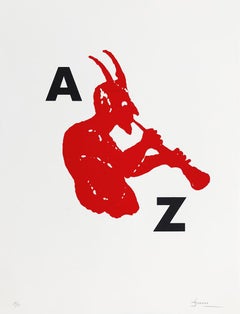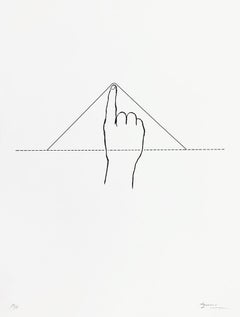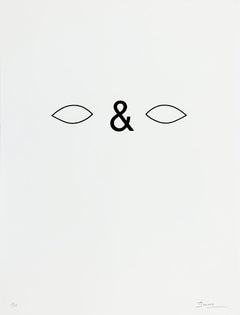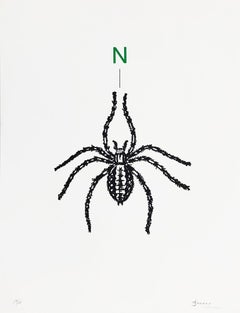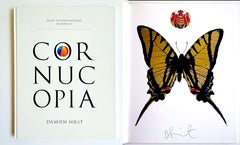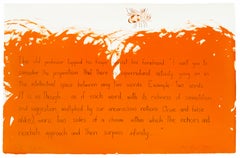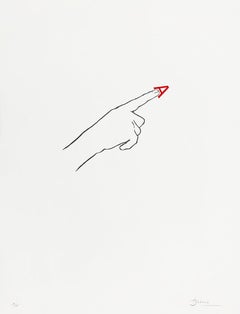Joan Brossa Figurative Prints
Joan Brossa was a Catalan poet, playwright, graphic designer and visual artist. He wrote his literary work in the Catalan language only. He was one of the founders of both the group and the publication known as Dau-al-Set (1948) and one of the leading early proponents of visual poetry in Catalan literature. Although, he was in the vanguard of the post-war poets. Brossa also wrote hundreds of formally perfect sonnets, saphic odes and sestinas as well as thousands of free and direct poems. His creative work embraced every aspect of the arts: cinema, theatre (more of 360 pieces), music, cabaret, the para-theatrical arts, magic and the circus.
1980s Post-Minimalist Joan Brossa Figurative Prints
Lithograph
1980s Post-Minimalist Joan Brossa Figurative Prints
Lithograph
1980s Post-Minimalist Joan Brossa Figurative Prints
Lithograph
1980s Post-Minimalist Joan Brossa Figurative Prints
Lithograph
2010s Pop Art Joan Brossa Figurative Prints
Paper, Ink, Mixed Media, Lithograph, Offset
1970s Pop Art Joan Brossa Figurative Prints
Lithograph
1970s American Realist Joan Brossa Figurative Prints
Archival Paper, Lithograph
2010s Contemporary Joan Brossa Figurative Prints
Mixed Media, Lithograph, Offset
Late 20th Century Impressionist Joan Brossa Figurative Prints
Lithograph
2010s Other Art Style Joan Brossa Figurative Prints
Lithograph
20th Century Joan Brossa Figurative Prints
Lithograph
1920s Art Deco Joan Brossa Figurative Prints
Lithograph
1980s Surrealist Joan Brossa Figurative Prints
Lithograph
1990s Performance Joan Brossa Figurative Prints
Paper, Lithograph
1980s Art Deco Joan Brossa Figurative Prints
Lithograph
2010s Pop Art Joan Brossa Figurative Prints
Paper, Ink, Mixed Media, Lithograph, Offset, Board
1980s Post-Minimalist Joan Brossa Figurative Prints
Lithograph
